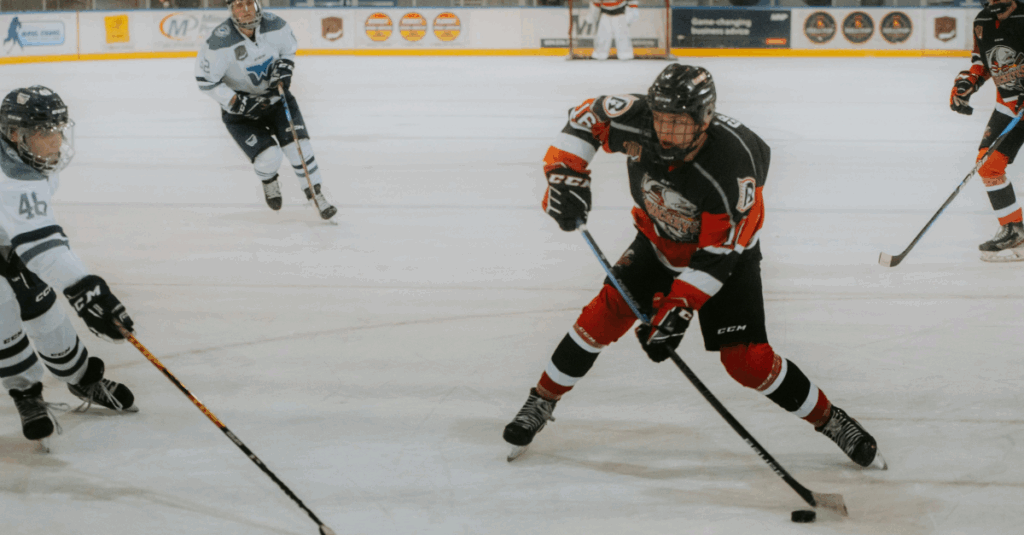NHL’s New Collective Bargaining Agreement (2026-2030): Key Changes & Financial Implications
The National Hockey League (NHL) has ratified a new Collective Bargaining Agreement (CBA), effective from the 2026–27 season through the 2029–30 season. This strategic update brings significant adjustments impacting the game structure, finances, player development, and governance, aiming to enhance stability, player welfare, and fan engagement.
Season Structure & Contract Updates
- Expanded Regular Season: Teams will now play 84 regular-season games, up from 82, with a shortened preseason of 4 games (previously 6–8).
- Shorter Contract Terms: Contracts for re-signing players are now capped at 7 years, with signings involving new teams limited to 6 years, shortening commitments by one year from the previous arrangement.
Financial & Salary Cap Adjustments
- Minimum Salary Increase: The minimum salary rises from $775,000 to $1 million, aligning player compensation with industry inflation and market demands.
- Playoff Salary Cap: A new salary cap rule mandates teams remain under the regular-season salary cap throughout playoffs, closing loopholes previously exploited via Long-Term Injured Reserve (LTIR).
- LTIR Cap Relief Revised: Cap relief for injured players now capped at the league average salary (~$3.82M), unless the player is officially declared out for the season, applying consistently through playoffs as well.
Roster Management & Player Development
- Permanent Third Goalie: NHL teams will permanently carry a third goalie, removing reliance on emergency backup goalies (EBUG).
- 19-Year-Old AHL Eligibility: Each NHL franchise can assign one 19-year-old CHL prospect to the AHL, enhancing young player development opportunities.
Governance & Compliance
- Increased Fines: The maximum fine for players rises from $10,000 to $15,000, though procedural fines stay capped at $5,000.
- Dress Code Flexibility: The new agreement formally eliminates rigid dress code mandates and deferred-salary clauses, allowing greater player comfort and autonomy.
Strategic Overview & Fan Experience
This CBA ensures long-term labor stability through 2030, crucial for expanding the NHL’s global footprint and enhancing fan engagement. Strategic highlights include:
- Olympic Participation: Reintroduction of NHL player participation in the Olympics.
- Enhanced Fan Experience: More regular-season action, fewer exhibition matches, and heightened playoff financial accountability.
- Youth Development: Clear pathways created for younger talent to transition smoothly into professional play.
Key Timeline Snapshot
- 2025–26: Last season under the existing CBA.
- 2026–27: New CBA takes effect, marking the shift to the updated 84-game season and new financial and governance frameworks.
- 2029–30: CBA concludes at the end of the season, positioning the NHL for future negotiations and potential policy refinements.

